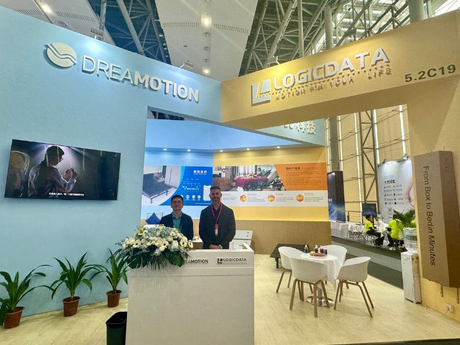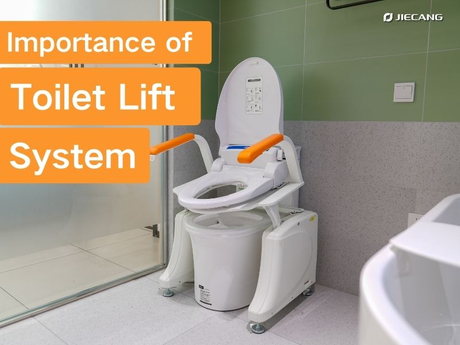- Home
-
- TF Integrated Workstation
- TT Integrated Station
- TS Single-Person Station
- TO Single-Person Station
- Advanced Office Table
- Manager Table
- Odette Conference Table
- Lifting White Board
- Lifting Podium
- Working Port
- Zen Standing Desk
- Lifting Coffee Table
- Home Standing Desk
- Nature Standing Desk
- Invictus Gaming Desk
- Study Desk
-
-
- Electric Hospital Bed
- Image Equipment
- Examination Bed/Clinic Bed
- Operation Table and Chair
- Infant Incubator
- Home Care Bed
- Patient Lift
- Wheelchair
- Toilet Lift
- Bath Lift
- Shower Trolley
- Ophthalmic Workstation
- Treatment Chair
- Facial Chair
- Traction Table
- Massage Chair
- OT Training Equipment
- Stand-up Application
- Rehabilitation Robot
-
-
- Photovoltaic Application
- Photothermal Application
- Energy Storage Container
- Tractor
- Seeder
- Fertilizer Spreader
- Harvester
- Rotary Cultivator
- Climate Control System
- Automatic Feeding System
- Excavator
- Paver
- Road Roller
- High Altitude Work Platform
- Garbage Truck
- Street Sweeper
- AMR Automated Guided Vehicle (AGV) and Autonomous Mobile Robot (AMR)
- Electric Forklift
- Palletizing Collaborative Robots
- Collaborative Robot Handling (Robot Pick and Place)
- Packaging Machine
-
-
How much is the wheelchair motor price?
Views: 0 Author: Site Editor Publish Time: 2024-04-16 Origin: Site
How much is the wheelchair motor price?
The price of a wheelchair motor can vary widely based on factors such as the type of motor, brand, power specifications, and whether it's part of a complete system or just the motor itself. Generally, you can expect the cost to range from about $100 to over $1000. Lower-priced motors might be simpler or less powerful, suitable for light use, while high-end motors often come with better durability, higher power, and additional features like programmable controllers or integrated sensors.
For specific prices, especially for brands like JIECANG known for medical and automation technology, it's advisable to check directly with the manufacturer or authorized distributors. They can provide detailed pricing and information on the models that would best suit your needs. Additionally, if you're looking for a motor as a replacement part, the model and specifications required can also affect the cost.
How much is a motorized wheelchair ?
The cost of a motorized wheelchair can vary widely based on several factors including the features, brand, power source, and customizations. Here’s a general breakdown of the price ranges:
Basic Motorized Wheelchairs: These often start at around $1,000 and can go up to $2,500. They typically include standard features such as basic cushioning, adjustable armrests, and a simple control system.
Mid-Range Models: Prices for these can range from $2,500 to $6,000. These wheelchairs may offer enhanced features such as improved maneuverability, more comfortable seating, programmable controls, and longer battery life.
High-End or Specialized Models: These can cost anywhere from $6,000 to over $15,000. High-end models include advanced technologies such as tilt and recline capabilities, high-speed motors, rugged designs for off-road use, and custom fittings tailored to the user's specific physical needs.
Custom Add-Ons and Modifications: Adding custom features like specialized control systems for users with limited hand mobility, ventilator mounts, or other medical equipment compatibility can significantly increase the cost.
When considering the purchase of a motorized wheelchair, it's also important to look into potential funding sources such as insurance, Medicare or Medicaid (in the U.S.), or other healthcare assistance programs that may cover part or all of the cost depending on the user’s medical needs and financial situation.
What are the motorized wheelchair parts?
Motorized wheelchairs, also known as power wheelchairs, are complex devices designed to provide mobility to individuals who are unable to or have difficulty using manual wheelchairs. These chairs are equipped with various components that work together to ensure functionality, comfort, and safety. Here’s a breakdown of the key parts that make up a motorized wheelchair:
1. Frame
Structure: The base frame provides the structural support for the wheelchair and is typically made from steel, aluminum, or titanium, each offering a balance of strength, durability, and weight.
2. Motor(s)
Drive Motors: Usually located in the rear or mid-wheel section of the wheelchair, these are crucial for the movement of the wheelchair. They are typically powered by electricity.
3. Batteries
Power Source: Rechargeable batteries supply the electrical energy needed to drive the motors. Most motorized wheelchairs use either sealed lead-acid or lithium-ion batteries.
4. Wheels and Tires
Drive Wheels: These are directly connected to the motors and are responsible for moving the wheelchair.
Caster Wheels: Smaller wheels located at the front and/or back of the wheelchair to provide stability and steerability.
Anti-tip Wheels: Small wheels at the back to prevent the wheelchair from tipping over backwards.
5. Controls
Joystick: The most common control method, allowing the user to steer and determine the speed of the wheelchair.
Alternative Controls: For users unable to operate a joystick, alternatives such as sip-and-puff systems, head switches, or touch pads are available.
6. Seating System
Seat: Designed for comfort and to reduce the risk of pressure sores.
Backrest: Provides support for the spine and back.
Armrests: Support for arms and shoulders, often adjustable.
Footrests: Support for feet, sometimes adjustable or removable.
7. Electronic Systems
Controllers: Manage the power output and settings for the wheelchair’s performance.
Sensors and Circuitry: Various sensors may be included to provide information on the system’s status and to ensure safe operation.
8. Charging System
Battery Charger: A device to recharge the wheelchair’s batteries. It’s crucial to use the charger compatible with the battery type to ensure safety and battery longevity.
9. Safety Features
Brakes: Electro-mechanical brakes that engage automatically when the joystick is released or the power is off.
Seat Belts: Provide additional safety to prevent falls from the wheelchair.
10. Accessories
Storage Baskets: Attached to the wheelchair for personal item storage.
Cup Holders, Phone Mounts, and More: Customizable options to enhance usability and comfort.
Each of these components plays a vital role in the functionality and efficiency of a motorized wheelchair, helping users navigate various environments with ease and independence.
About JIECANG Wheelchair Motor
The JIECANG wheelchair motor is a notable component in the mobility industry, known for its robust performance and reliability. Designed to enhance the functionality of electric wheelchairs, these motors are built to offer users smooth and efficient propulsion. The precision engineering behind JIECANG motors ensures optimal power and torque, making them suitable for a variety of terrains and usage scenarios. Additionally, these motors are characterized by their durability, requiring minimal maintenance, which is crucial for users who depend on their wheelchair for daily activities and mobility. With a focus on quality and user satisfaction, JIECANG wheelchair motors are tailored to meet the demands of both everyday and intensive use, ensuring a seamless and independent mobility experience for individuals with disabilities.
QUICK LINKSCOMPONENTS
















